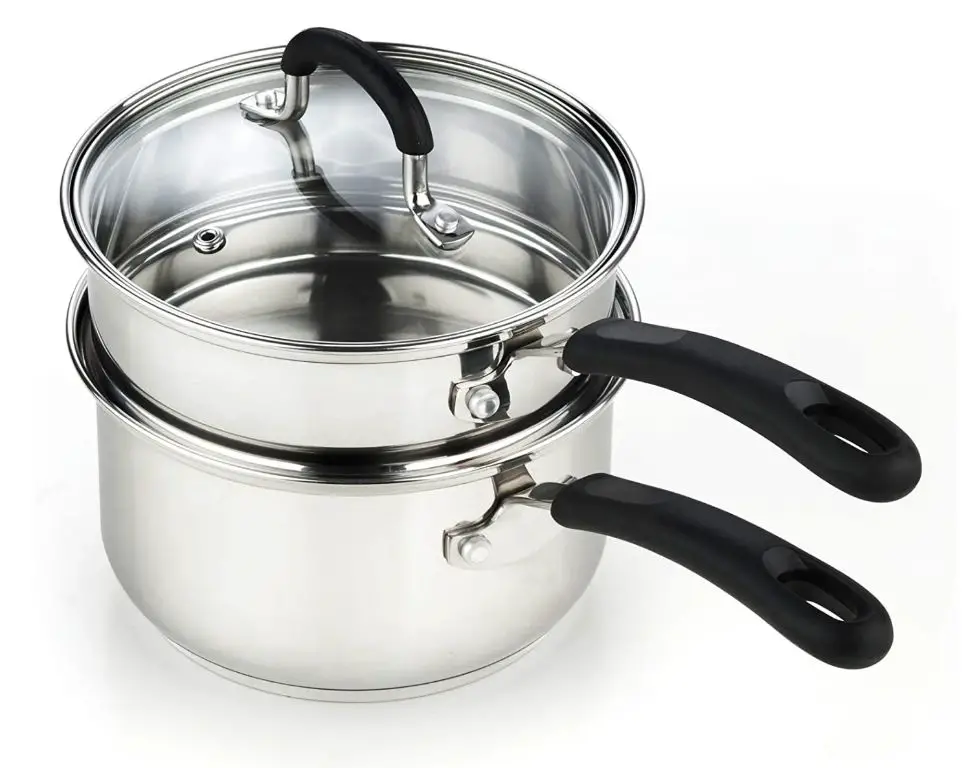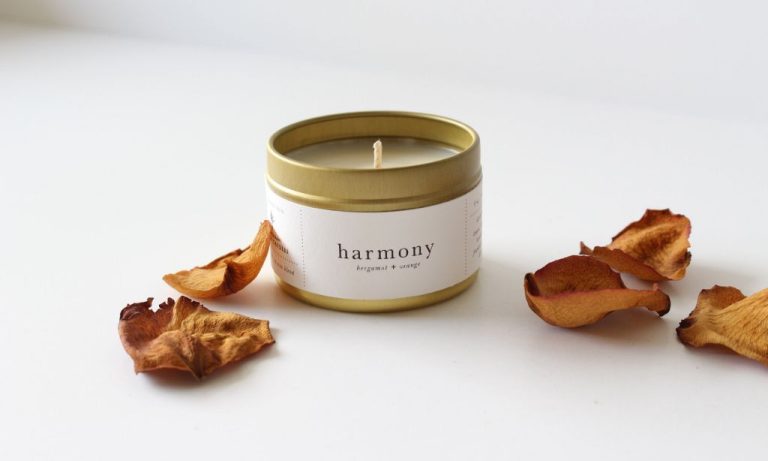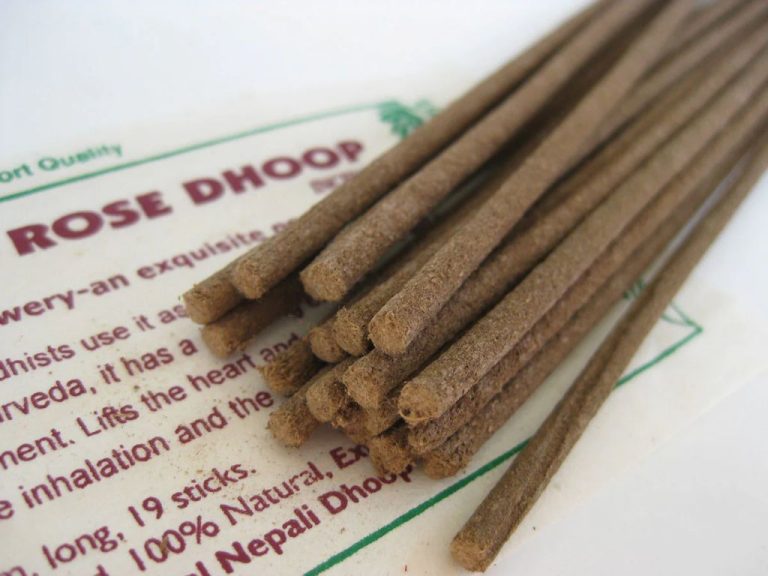How To Make Cinnamon Oil For Candy?
Cinnamon oil is a popular and versatile ingredient used in candy making and other culinary applications. It packs a powerful punch of spicy, sweet cinnamon flavor that enhances many confections. When added to candy recipes, cinnamon oil provides a warm aroma and delightful burst of cinnamon taste with each bite. Using pure cinnamon oil allows candy makers to infuse treats with intense cinnamon flavor without needing large amounts of ground cinnamon powder. Just a few drops can provide plenty of flavor. This guide will cover everything needed to start making your own homemade cinnamon oil for use in all kinds of candies, baked goods, and other recipes calling for true cinnamon intensity.
Benefits of Cinnamon Oil
Cinnamon oil has many potential health benefits, which is why it is commonly used in candy making. Some of the main benefits include:
Antimicrobial properties: Research shows that cinnamon oil contains powerful antioxidants called polyphenols that give it antimicrobial properties (Happy Heart Blend | Orange Cinnamon Hard Candy). This can help kill unwanted bacteria and microbes.
Flavor enhancement: Cinnamon oil contains cinnamaldehyde, which gives cinnamon its distinctive spicy-sweet flavor and aroma. It enhances the flavor of candy and makes it more palatable (Source).
Types of Cinnamon
There are three main types of cinnamon used for making cinnamon oil: Ceylon, Cassia, and Korintje.
Ceylon cinnamon (Cinnamomum verum) is considered the true cinnamon and is native to Sri Lanka. Ceylon cinnamon has a refined and subtle flavor profile with notes of citrus and cloves. Ceylon cinnamon oil contains high levels of cinnamaldehyde which provides its aroma and flavor. Ceylon cinnamon is more expensive than other varieties due to its rarity and low yield of oil.
Cassia cinnamon (Cinnamomum cassia) originated in China and is the most common variety sold in North America. Cassia cinnamon has a very strong, spicy flavor perfect for baking. Cassia cinnamon oil has a high content of coumarin which can be toxic in large doses.
Korintje cinnamon (Cinnamomum burmannii) is a hybrid between Cassia and Ceylon cinnamons. Korintje cinnamon is often referred to as Padang or Batavia cinnamon. It has a complex, bittersweet flavor profile. Korintje cinnamon oil has moderate levels of cinnamaldehyde.
Equipment Needed
To make homemade cinnamon oil, you will need some basic kitchen equipment including:
- Double boiler: This consists of two saucepans or pots, one nesting inside the other. The bottom pot contains water which is heated to a simmer, while the top pot holds the cinnamon sticks and oil. The double boiler provides gentle, even heat to infuse the oil.Cinnamon Oil Extract Machines
- Cheesecloth: You will use cheesecloth to strain the oil once the cinnamon has infused it with flavor. Make sure you have enough cheesecloth to fully line your strainer.Make Homemade Cinnamon Oil : 4 Steps (with Pictures)
- Jars or bottles: You’ll need a jar or bottle to hold the strained cinnamon oil. Dark glass bottles work best to protect the oil from light. Make sure jars are thoroughly cleaned and dried first.

Beyond this basic equipment, all you need is cinnamon sticks, a carrier oil like olive oil, and patience to infuse the oil. With a simple double boiler setup and cheesecloth, you can make small batches of homemade cinnamon oil.
Ingredients
The main ingredients needed to make cinnamon oil at home are cinnamon sticks and a carrier oil like olive oil. According to this instructable, you’ll need:
- Cinnamon sticks – Use a high quality cinnamon like Ceylon cinnamon. The sticks release more oil.
- Carrier oil – Olive oil works well as it has a longer shelf life. Other options are coconut or jojoba oil.
You’ll need about 1 cup of olive oil for every 1 ounce of cinnamon sticks. The ratio can be adjusted based on personal preference for strength.
Water is not a direct ingredient, but can be used during the process. Some instructions recommend using low heat and simmering the cinnamon sticks in water first to help release the oils before transferring everything to the carrier oil.
Step-by-Step Method
Making cinnamon oil at home is a relatively straightforward process. Here is a step-by-step method for making your own cinnamon oil:
1. Add 1 cup of cinnamon sticks to a medium saucepan and cover with 2 cups of water. Bring the water to a boil over high heat.
2. Once boiling, reduce the heat to low and allow the cinnamon sticks to simmer for 2 hours. This allows the essential oils to release into the water (source).
3. After 2 hours, remove the saucepan from the heat and allow to cool slightly. Pour the cinnamon water through a strainer lined with cheesecloth into a glass jar or bottle (source).
4. Squeeze the cheesecloth over the jar to release any excess liquid. Discard the cinnamon sticks.
5. Seal the jar tightly and store in a cool, dark place. The cinnamon oil will keep for up to 6 months.
Be sure to shake the jar before each use to distribute the oil. A few drops of cinnamon oil can be used to add flavor to baked goods, candy, coffee, and more.
Candy Recipes
Cinnamon oil can be used to add flavor to a variety of candy recipes. Some popular types of cinnamon candy include:
Hard Candy
Cinnamon hard candy is a classic recipe that coats the mouth with spicy-sweet flavor. Traditional recipes call for a simple combination of sugar, corn syrup, water, cinnamon oil, and red food coloring. The ingredients are boiled to 300°F and then poured out onto a baking sheet to cool and harden. Pieces are then broken up into candy-sized bites. The specific recipe can vary. For example, see this cinnamon hard candy recipe from Number-2-Pencil: https://www.number-2-pencil.com/cinnamon-hard-candy-recipe/.
Caramels
For a chewy cinnamon candy, cinnamon oil can be added to homemade caramel recipes. Caramels are made by cooking sugar, corn syrup, butter, cream, and spices to 245°F. The mixture is then poured into a pan and cooled until firm enough to cut into squares. Cinnamon not only provides flavor but also helps balance the sweetness. See this recipe for cinnamon caramel squares from Taste of Home: https://www.tasteofhome.com/recipes/cinnamon-caramel-squares/.
Gummies
Cinnamon gummies add autumn spice to a classic chewy candy. To make them, first prepare a gelatin base with fruit juice, then mix in ground cinnamon. Let the cinnamon infuse into the gummy mixture overnight before pouring into molds. For the full recipe and instructions, check out: https://www.thespruceeats.com/cinnamon-gummies-521761.
Flavor and Aroma
Cinnamon oil packs an extremely potent flavor and aroma. According to LorAnn Oils, their cinnamon oil has a “spicy kick of red hot cinnamon taste”. Just a small amount can provide a huge cinnamon flavor burst.
The flavor and aroma profile of cinnamon oil can vary slightly depending on the type of cinnamon used. Ceylon cinnamon tends to be more refined and subtle, while Cassia cinnamon has a stronger, bolder flavor according to Scent Conspiracy. However, both impart that unmistakable warm cinnamon spice taste.
When properly stored and sealed, the shelf life of cinnamon oil can be 1-2 years. Over time, the flavor may mellow out somewhat but remains quite potent. Many bakers and confectioners prefer to use fresh cinnamon oil each season for maximum strength.
Safety and Precautions
When using cinnamon essential oil, it’s important to take safety precautions to avoid skin irritation. Cinnamon oil is very concentrated and can cause irritation, redness, and burning if applied directly to the skin (1). It’s recommended to dilute cinnamon oil before use by mixing it with a carrier oil like coconut, jojoba, or olive oil. A safe dilution is 1-2% cinnamon oil or about 1-3 drops per teaspoon of carrier oil (2).
A skin patch test should also be done before using cinnamon oil. Apply a small amount of diluted cinnamon oil to your arm and wait 24 hours to see if any irritation develops. This will help identify if you have a sensitivity. Cinnamon oil should also always be kept away from eyes and mucous membranes as it can cause severe irritation. Children and pregnant women should avoid using cinnamon oil unless under medical supervision (2).
Proper storage of cinnamon oil is also important. It should be kept in a cool, dark place in a glass container to maintain freshness. Using the oil within 1-2 years is also recommended before it oxidizes and loses potency (3). Following these precautions will ensure safe use of this concentrated essential oil.
Conclusion
In conclusion, making your own cinnamon oil can be a fun and rewarding way to add flavor to homemade candies. This guide has covered the key steps, including choosing high quality cinnamon, using a distillation method to extract the aromatic oil, and safety precautions for handling. We’ve also provided recipe ideas for incorporating home-made cinnamon oil into hard candy, caramels, fudge and more. A little cinnamon oil goes a long way, adding a spicy complexity and warmth. Be sure to store any unused oil in a cool, dark place. With this DIY cinnamon oil, you can create gift-worthy candies with an extra punch of flavor.




